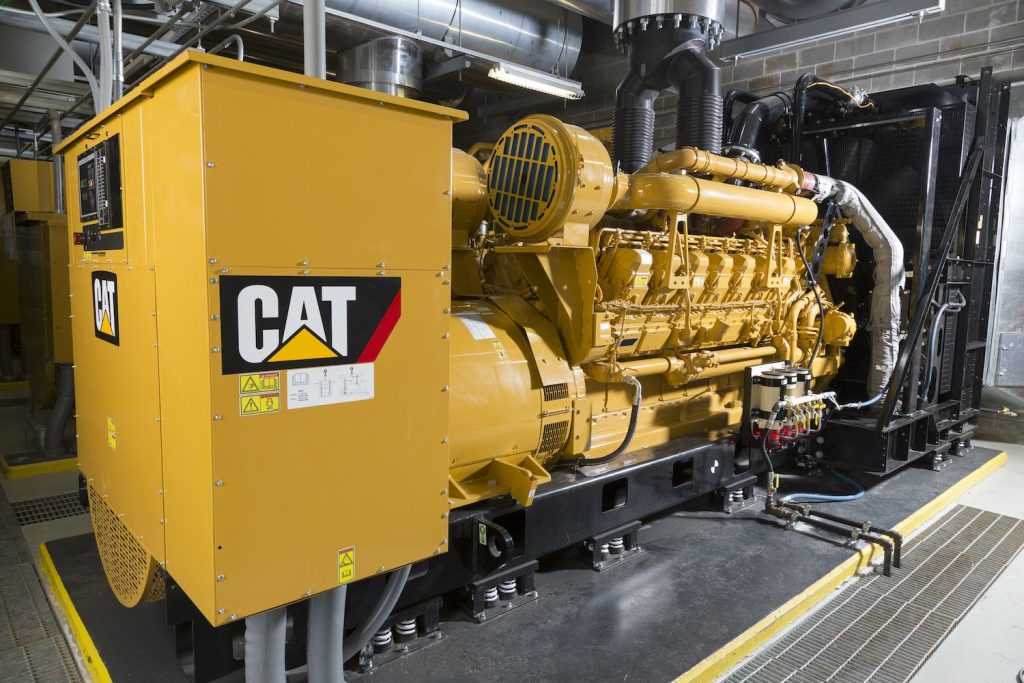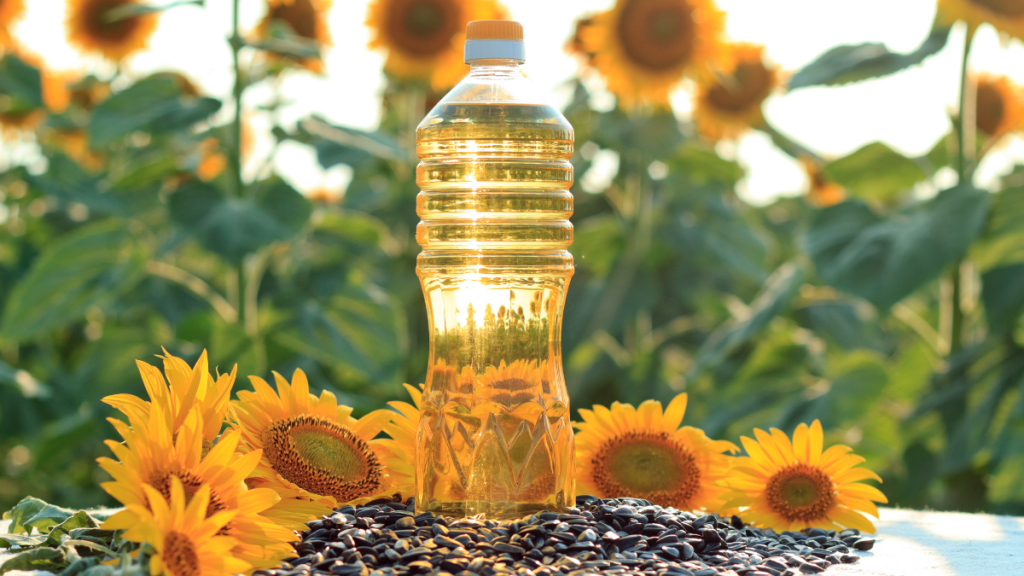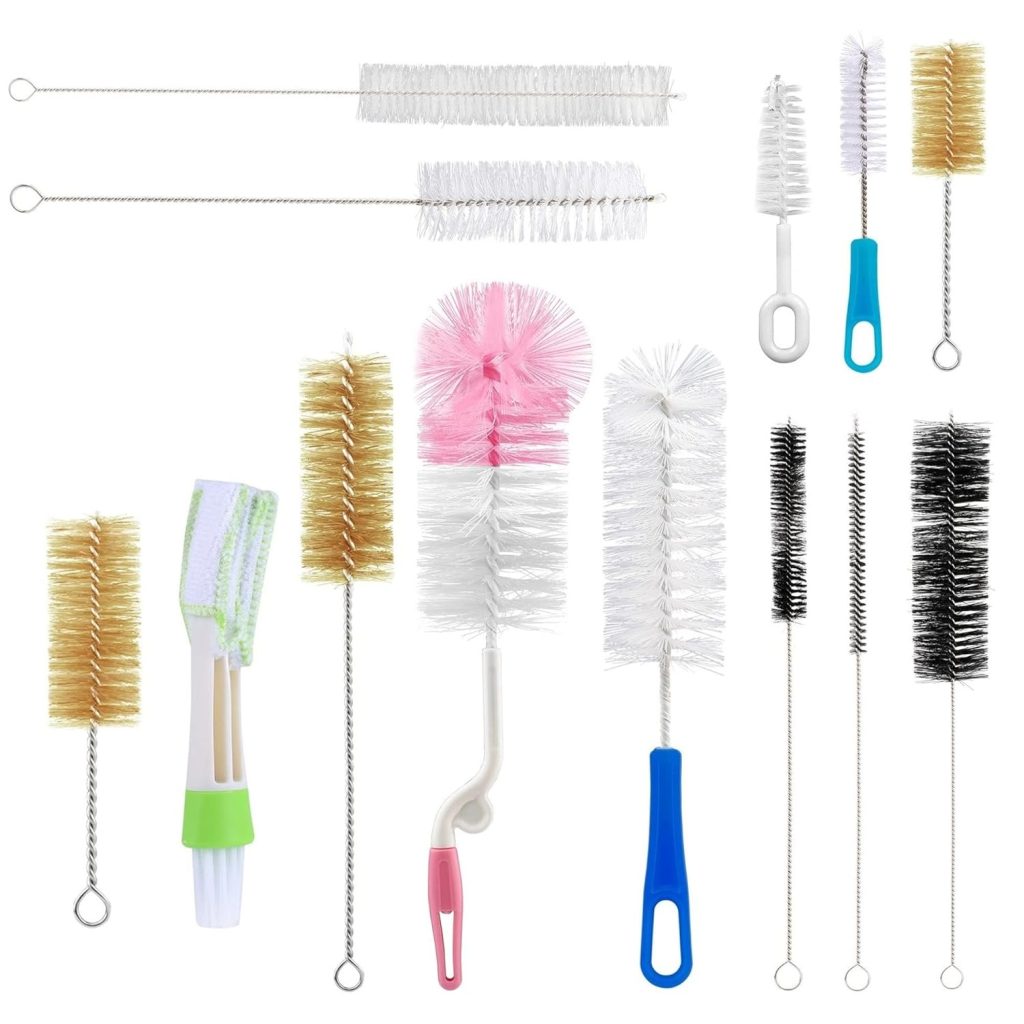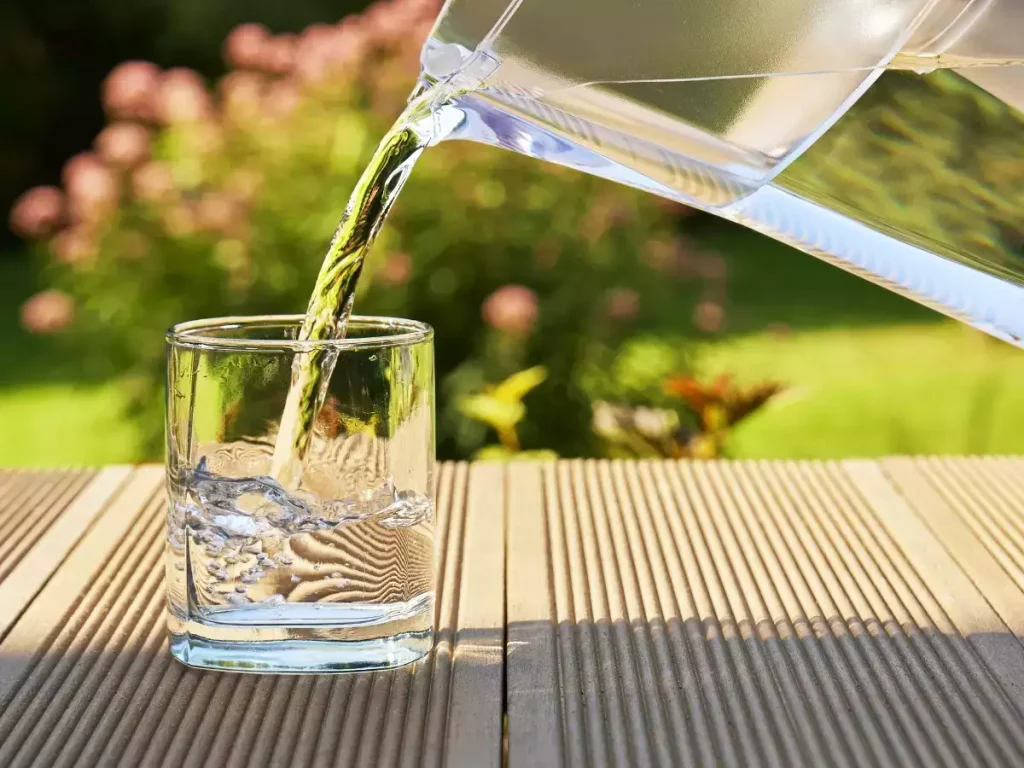Products

Sub-station
A substation, short for “electricity substation,” is a critical component of an electrical power system. It acts as an intermediary point between high-voltage transmission lines and lower-voltage distribution lines, facilitating the transmission and distribution of electricity to consumers.
Key features of substations include:
1. **Voltage Transformation**: Substations contain transformers that step up or step down voltage levels to facilitate the efficient transmission and distribution of electricity. High-voltage electricity from transmission lines is stepped down to lower voltages suitable for distribution to homes, businesses, and industries.
2. **Switching and Protection**: Substations are equipped with switches, circuit breakers, and other protective devices to control the flow of electricity and safeguard the system against faults such as short circuits or overloads. These devices isolate faulty sections of the network to prevent widespread outages and ensure system reliability.
3. **Control and Monitoring**: Modern substations feature advanced control and monitoring systems that allow operators to remotely monitor equipment status, control operations, and respond quickly to emergencies. These systems enhance the efficiency and reliability of the power grid.
4. **Types of Substations**: Substations come in various types and sizes depending on their location and function. Major types include transmission substations, which connect different parts of the grid and may include step-up transformers, and distribution substations, which serve local areas and step down voltage levels for distribution to consumers.
Overall, substations play a crucial role in ensuring the reliable and efficient transmission and distribution of electricity, helping to maintain grid stability and meet the demand for electricity from consumers and industries.
Lift
“Lift” typically refers to an elevator, a vertical transportation device used to move people or goods between floors or levels of a building or structure. Elevators consist of a car (or cab) that moves within a shaft, guided by rails or cables, and are powered by an electric motor or hydraulic system. Elevators provide convenient and efficient access within buildings, especially those with multiple floors. They are essential for mobility and accessibility, particularly in tall buildings where stairs are impractical or inaccessible. Elevators are equipped with safety features such as emergency brakes, backup power systems, and interlocks to ensure passenger safety. They are regulated by building codes and standards to meet safety and accessibility requirements. Additionally, elevators are often equipped with controls and indicators for selecting floors, opening and closing doors, and providing information to passengers.


Generator
Generators are devices that convert mechanical energy into electrical energy. They are essential for providing backup power during outages and in situations where electrical power is not readily available, such as remote locations or construction sites. Generators come in various types, including portable, standby, and industrial models. Portable generators are compact and typically powered by gasoline, diesel, or propane, making them suitable for emergency backup power at homes and small businesses. Standby generators are permanently installed units that automatically start during power outages, often powered by natural gas or propane and commonly used in larger homes, commercial buildings, and critical facilities like hospitals and data centers. Industrial generators are heavy-duty units designed for large industrial facilities, construction sites, and remote operations, running on diesel, natural gas, or other fuels and capable of powering heavy machinery and equipment. Generators consist of an engine, alternator, fuel system, and control panel, and require regular maintenance and safety precautions for reliable operation.
Sun-Flower Oil
Sunflower oil is a popular vegetable oil extracted from the seeds of the sunflower plant (Helianthus annuus). It is widely used in cooking, frying, baking, and salad dressings due to its mild flavor, light texture, and high smoke point. Here are some key points about sunflower oil:
1. **Nutritional Profile**: Sunflower oil is predominantly composed of monounsaturated and polyunsaturated fats, with low levels of saturated fats. It is also a good source of vitamin E, an antioxidant that helps protect cells from damage caused by free radicals.
2. **Health Benefits**: When consumed in moderation as part of a balanced diet, sunflower oil may offer several health benefits. Its high content of unsaturated fats, particularly linoleic acid, may help lower LDL (bad) cholesterol levels and reduce the risk of heart disease. Additionally, vitamin E in sunflower oil contributes to overall skin health.
3. **High Smoke Point**: Sunflower oil has a relatively high smoke point, typically around 440°F (225°C), making it suitable for high-temperature cooking methods such as frying and sautéing. Its stability at high heat helps prevent the formation of harmful compounds during cooking.
4. **Versatility**: Sunflower oil’s neutral flavor and light texture make it versatile for various culinary applications. It can be used in salad dressings, marinades, mayonnaise, and baked goods, as well as for frying and sautéing a wide range of dishes.
5. **Types**: Sunflower oil is available in different varieties, including refined, unrefined (also known as virgin or cold-pressed), and high-oleic sunflower oil. Refined sunflower oil undergoes processing to remove impurities and neutralize its flavor, while unrefined sunflower oil retains more of its natural flavor and nutrients. High-oleic sunflower oil is bred to contain higher levels of monounsaturated fats, making it more stable for cooking at high temperatures.
6. **Storage**: Like other vegetable oils, sunflower oil should be stored in a cool, dark place away from heat and light to prevent oxidation and rancidity. Proper storage helps maintain its freshness and quality over time.
Overall, sunflower oil is a versatile and widely used cooking oil known for its mild flavor, high smoke point, and potential health benefits when consumed as part of a balanced diet.


Multipurpose Brush
A multipurpose brush is a versatile tool designed for various cleaning, grooming, or application tasks. These brushes come in different shapes, sizes, and materials to suit different purposes. Here are some common types of multipurpose brushes and their uses:
1. **Household Cleaning Brush**: This type of brush typically features stiff bristles and a comfortable handle, making it suitable for scrubbing floors, tiles, grout, and other hard surfaces. It can also be used to remove stubborn stains or dirt from outdoor furniture, barbecue grills, and garden tools.
2. **Kitchen Scrub Brush**: Kitchen scrub brushes are specifically designed for cleaning dishes, pots, pans, and kitchen appliances. They often have tough bristles to tackle grease and food residue without scratching surfaces.
3. **Body Scrub Brush**: Body scrub brushes are used for exfoliating and cleansing the skin during showers or baths. They may have soft bristles or natural fibers to gently remove dead skin cells and stimulate circulation, leaving the skin smooth and refreshed.
4. **Hairbrush**: Hairbrushes come in various types, including paddle brushes, round brushes, and detangling brushes, each designed for different hair types and styling needs. They help detangle hair, distribute natural oils, and create smooth, polished hairstyles.
5. **Makeup Brush**: Makeup brushes are essential tools for applying and blending cosmetics such as foundation, powder, eyeshadow, and blush. They come in different shapes and sizes to achieve precise application and desired makeup looks.
6. **Art Brushes**: Artists use a variety of brushes for painting, drawing, and other creative activities. These brushes come in different shapes, bristle types, and sizes to create various brushstrokes, textures, and effects on canvas, paper, or other surfaces.
7. **Shoe Brush**: Shoe brushes are used to clean, polish, and buff footwear, helping to remove dirt, dust, and scuff marks and restore shine to leather, suede, or fabric shoes.
8. **Grooming Brush for Pets**: Pet grooming brushes are designed to remove loose fur, detangle mats, and promote healthy coat growth in cats, dogs, and other furry pets. They come in different styles such as slicker brushes, bristle brushes, and shedding tools.
These are just a few examples of the many types of multipurpose brushes available for different cleaning, grooming, and application tasks. Choosing the right brush depends on the specific task at hand and the surface or material being treated.
Shipping Cargo
Shipping cargo involves the transportation of goods or merchandise via ships or vessels across oceans, seas, rivers, or other navigable waters. It is a vital component of global trade and commerce, facilitating the movement of goods between countries and continents. Cargo can vary widely in type, size, and nature, including containers, bulk commodities, liquid cargo, vehicles, machinery, equipment, and consumer goods. Ports serve as crucial hubs for loading and unloading cargo between ships and other modes of transportation, while shipping lines operate fleets of vessels that transport cargo worldwide. Regulations, logistics, and supply chain management play significant roles in ensuring the efficient and timely delivery of cargo while addressing challenges such as volatile freight rates, geopolitical tensions, and regulatory compliance.

Ayurvedic Water
Ayurvedic water refers to water that has been infused with herbs, spices, or other natural ingredients according to principles of Ayurveda, an ancient system of medicine originating from India. In Ayurveda, water is considered a vital element for maintaining health and balance in the body, and by infusing it with certain herbs and spices, it is believed to enhance its therapeutic properties.
Here are some common ingredients used in Ayurvedic water and their purported benefits:
1. **Tulsi (Holy Basil)**: Tulsi is revered in Ayurveda for its medicinal properties. It is believed to have antioxidant, antibacterial, and anti-inflammatory properties. Tulsi-infused water is thought to promote detoxification and boost the immune system.
2. **Ginger**: Ginger is well-known for its digestive benefits and its ability to alleviate nausea. Ginger-infused water is often consumed to aid digestion, soothe upset stomachs, and promote overall digestive health.
3. **Cumin**: Cumin seeds are commonly used in Ayurvedic preparations for their digestive and carminative properties. Cumin-infused water may help improve digestion, alleviate bloating, and relieve gas.
4. **Fennel**: Fennel seeds are believed to have digestive, anti-inflammatory, and antioxidant properties. Fennel-infused water is often consumed to support digestion, reduce bloating, and freshen breath.
5. **Coriander**: Coriander seeds are known for their digestive benefits and their ability to alleviate gas and bloating. Coriander-infused water may help improve digestion and promote detoxification.
6. **Cinnamon**: Cinnamon is prized for its warming properties and its ability to regulate blood sugar levels. Cinnamon-infused water may help balance blood sugar, support metabolism, and promote overall well-being.
7. **Mint**: Mint leaves are known for their refreshing taste and their ability to soothe digestive discomfort. Mint-infused water is often consumed to freshen breath, aid digestion, and promote relaxation.
To prepare Ayurvedic water, ingredients such as herbs, spices, or fruits are typically added to water and allowed to infuse for a period of time, usually several hours or overnight, to extract their beneficial compounds. The resulting infused water can be consumed throughout the day as a refreshing and health-promoting beverage.
It’s important to note that while Ayurvedic water may offer various health benefits, individual responses may vary, and it should not be used as a substitute for medical treatment. Additionally, it’s essential to use clean, filtered water and high-quality ingredients when preparing Ayurvedic water to ensure its safety and efficacy.


